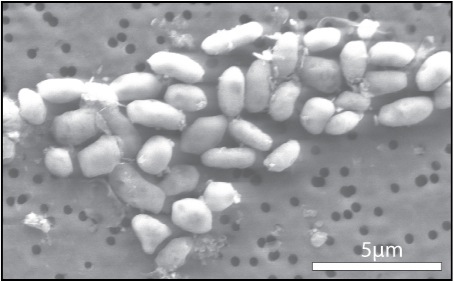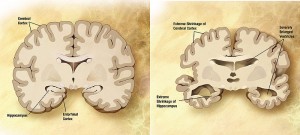I started this blog a week ago and hesitated on finishing it due to the recent events in Japan. However I feel like this event has been an eye opener to how destructive our Earth can be. The reality is that this earthquake and tsunami has brought up questions to those living here in Vancouver and along the coast like “What would happen if an earthquake happened here?” I grew up in Winnipeg and I had been taught that a “big earthquake” was going to hit Vancouver. It has now been over ten years and nothing has happened yet. Is there still reason to be worried?
Juan de Fuca Plate is the tectonic plate that subducting under the western side of the North America Plate. When people are concerned about the “big one” as in the “big” earthquake that will affect Vancouver, it will be due to this plate. The Juan de Fuca Plate is the smallest tectonic plate and is a remnant piece of the larger piece which is now has been subducted under the North America Plate. The area where this plate is subducting is referred to as the Cascadia subduction zone. Movement in this zone causes friction and results in earthquakes.

The last major earthquake at this Cascadia subduction zone is thought to of created a tsunami that hit Japan in the 1700’s. This tsunami crested at 5 meters and would have taken about 10 hours to cross the ocean. The article from National Geographic on this theory can be found here. Kelin Wang of the Geological Survey of Canada said in this article that the chances of another large earthquake occurring along this same Cascadia fault is “100 percent.” This is due to the fact that plate movements have been locked which causes a build up of energy. A catastrophic earthquake would result when this energy is released.
There have been some interesting quakes on the Juan de Fuca Plate. In 2008 there were 600 earthquakes in a 10 day span recorded by researchers at the Oregon State University. The part which caught the scientists by surprise was the fact they occurred in the middle of the Juan de Fuca Plate and not on a boundary. These were detected by a hydrophone.

This is an image of the recorded earthquakes in B.C. in the last month.
From the knowledge we have of tectonic plate motions and the history of this plate it does seem inevitable that a large earthquake will occur. We can see from the above image also found here that there have been many minor quakes this last month. I do find is scary that the “big one” could happen 5 minutes from now or 5 years from now. However I wonder due to the large number of earthquakes that occurred in 2008 that the Juan de Fuca Plate could do something unexpected and not subduct any further. Also maybe these little quakes are releasing built up energy thus avoiding the “big one.”





